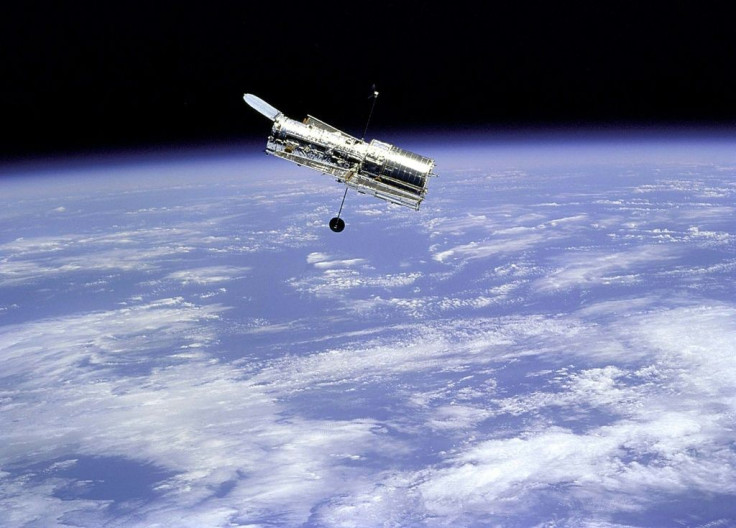Dec 30: The Day Edwin Hubble Announced Existence Of Other Galaxies

KEY POINTS
- It was believed that Universe consisted only of Milky Way
- Edwin Hubble announced the existence of other stars
- Hubble also provided evidence that Universe is expanding
Ever wondered where the Hubble Space Telescope got its name? It was inspired by an American astronomer who, on this day in the early 1920s, announced the existence of other galaxies.
Galaxies Beyond Milky Way
Until about a hundred years ago, many astronomers believed that the Universe consisted only of the Milky Way. At the time, astronomer Harlow Shapley had already made a reputation for himself by measuring the size of the Milky Way using a method pioneered by another astronomer, Henrietta Leavitt.
But in October of 1923 after many cold nights of using the world’s largest telescope at the time, the Hooker Telescope, astronomer Edwin Hubble spotted a Cepheid star that he first thought was a nova star in the M31 'nebula' in the Andromeda constellation. As NASA describes them, Cepheid stars are basically “cosmic yardsticks” that can help determine distances from a few to tens of millions of light-years.
Using the method that Shapley used, Hubble determined that M31 was actually a million light-years away from the Milky Way, much too far to still be a part of it since Shapley had measured the Milky Way to be about 100,000 light-years across. Hubble determined that this is because M31 was, in fact, an entire galaxy of its own.
And by Dec. 30 in the early 1920s, Hubble made his announcement and changed the way we saw our place in the Universe, from being part of a sole galaxy to being a part of a massive community of galaxies.
Hubble Legacy
Naturally, the idea was vehemently denied by many members of the astronomy community at first because it opposed the prevailing view, but that did not stop Hubble from continuing his work.
In fact, just years later in 1929, he made another staggering announcement that the galaxies were actually moving away from the Milky Way, proving earlier predictions of an expanding Universe. Upon hearing this, Albert Einstein, who earlier rejected his own idea that the Universe is either expanding or contracting, embraced Hubble's work and described his previous decision to instead adhere to the accepted idea at the time as his "biggest blunder."
One of Hubble’s last contributions to astronomy, before he died, was his pivotal role in the design and construction of the Hale 200-inch Telescope, which is four times more powerful than the telescope that led him to make his announcement about the existence of other galaxies.
Interestingly, as amazing as his discoveries were, Hubble did not receive a Nobel prize for his achievements because at the time the Nobel prize in physics did not include achievements in astronomy.
He does, however, live on with the Hubble Space Telescope, an ESA/NASA project that has made some of the most dramatic discoveries in astronomy.
© Copyright IBTimes 2025. All rights reserved.






















